How Healthy are our Ponds?

Year 5 went to the Horniman Museum to go pond dipping!
On Tuesday 4th June, Year 5 took the short walk to Horniman Museum, where the class took part in the 'How Healthy are our Ponds?' investigation. Hands-on investigations are the centre of how all scientists work and fits with our science values:
Be academic.
Be curious.
Be practical.
On arrival, we had a short safety introduction before we met our tutor for the session, Harriett. As a group, we went to the top of the hill, where there was a small education centre. Here we discussed many aspects to science investigations and the investigation we were going to do.
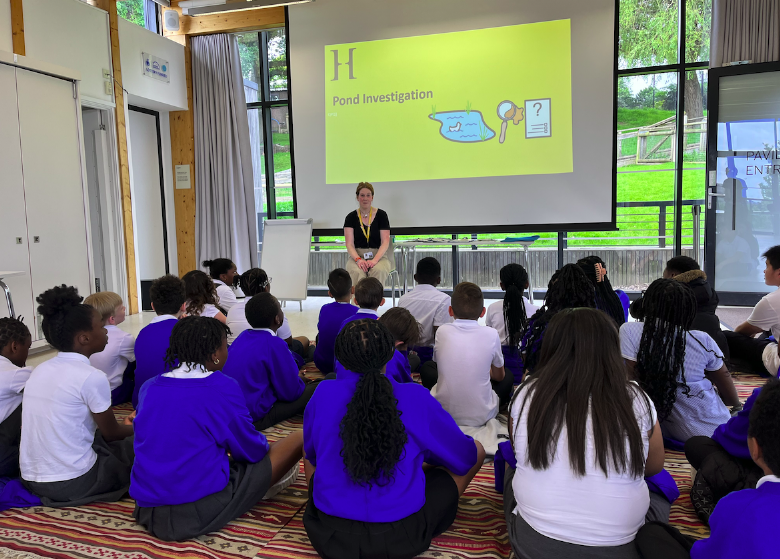
The class was then split into small groups, where they had to come up with a group name and predict how healthy the pond was going to be on a scale from 'very healthy' to 'poor'.
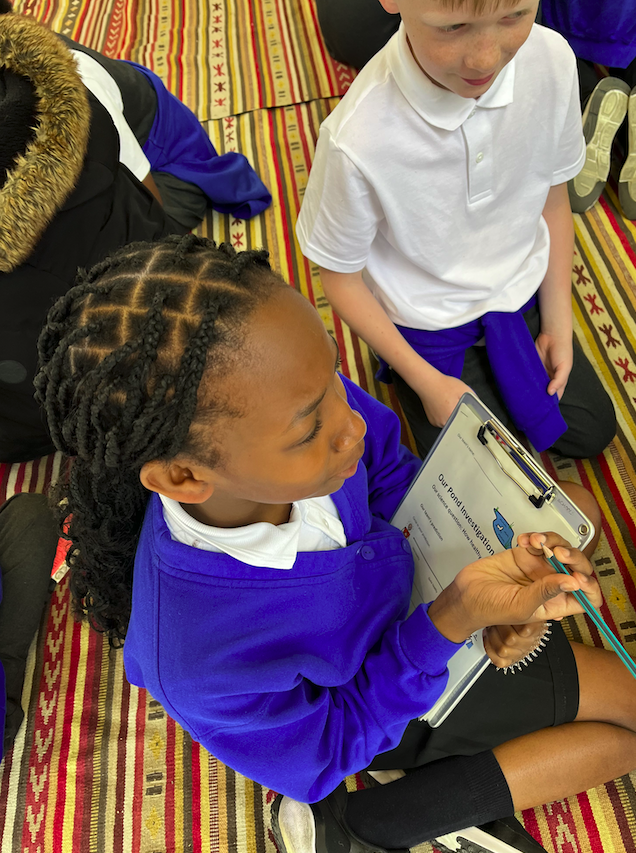
After the instructions about the investigation and making our predictions, we then walked along the beautiful trail to the top of the gardens, where the pond was. Here the class were split into 2 groups.
The 'meadow group', where children conducted three investigations;
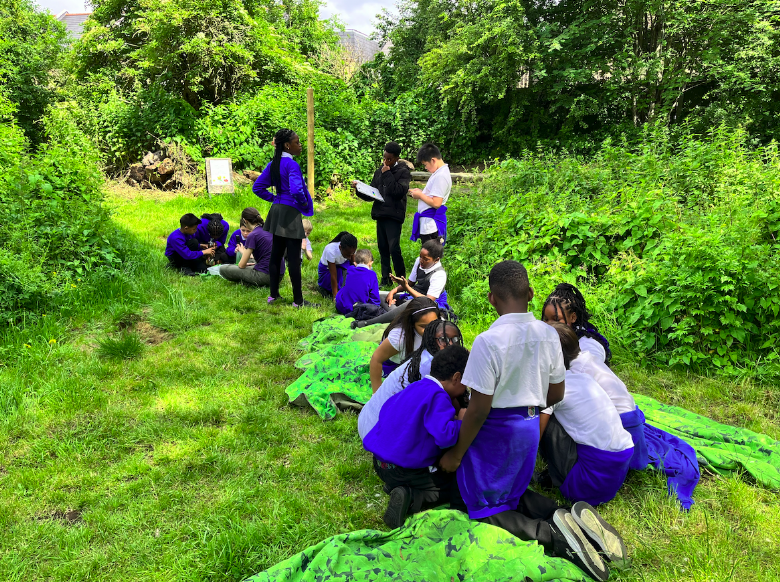
How clear is the water?
Children had to hold a clear water bottle upright, which had pond water in it, then look through the top and count how many opal logos they could see. The more they could see, the clearer the water.
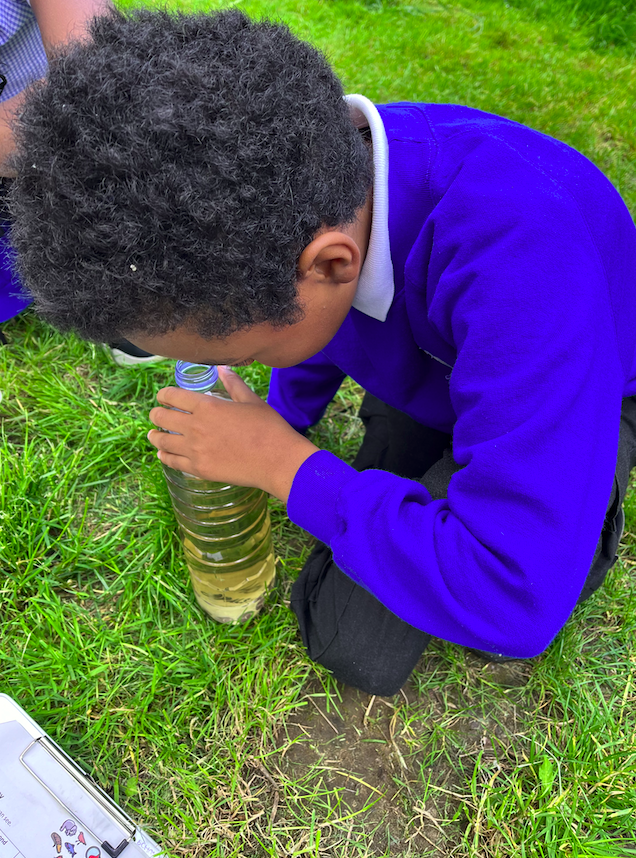
Is the water acidic or alkaline?
Children were given pH paper strips, which they had to dip in a pot of pond water. They then had to compare the colour to the colour chart to see if it was: acidic, neutral or alkaline.
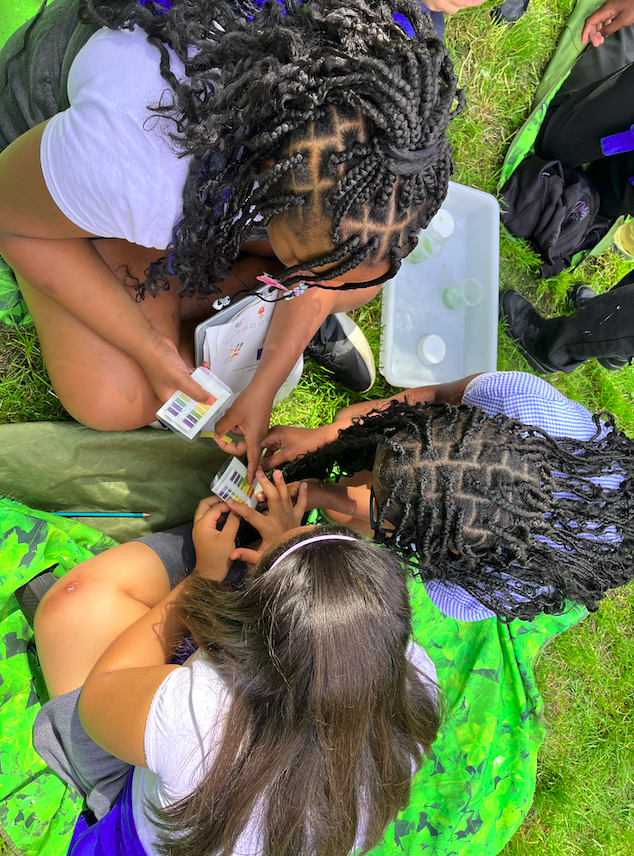
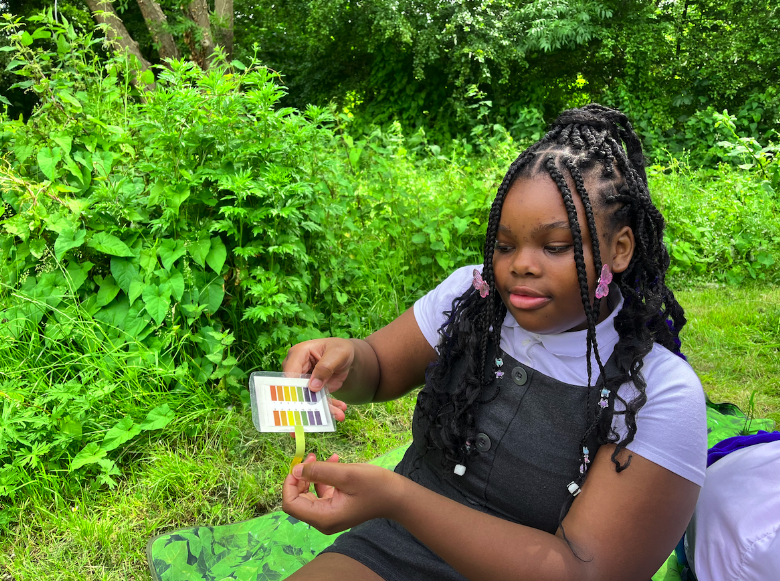
How much oxygen is there in the water?
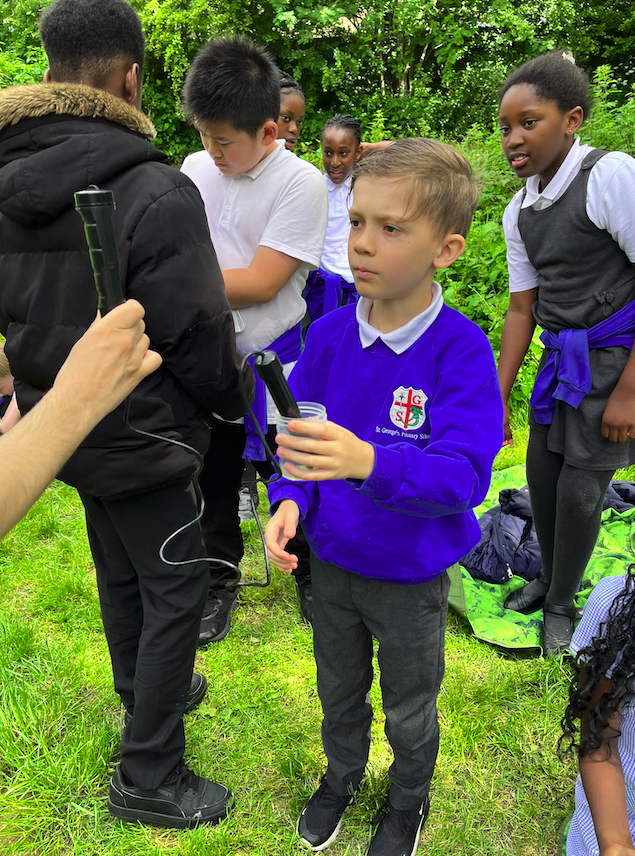
... and the pond dipping group, where children conducted an animal survey.
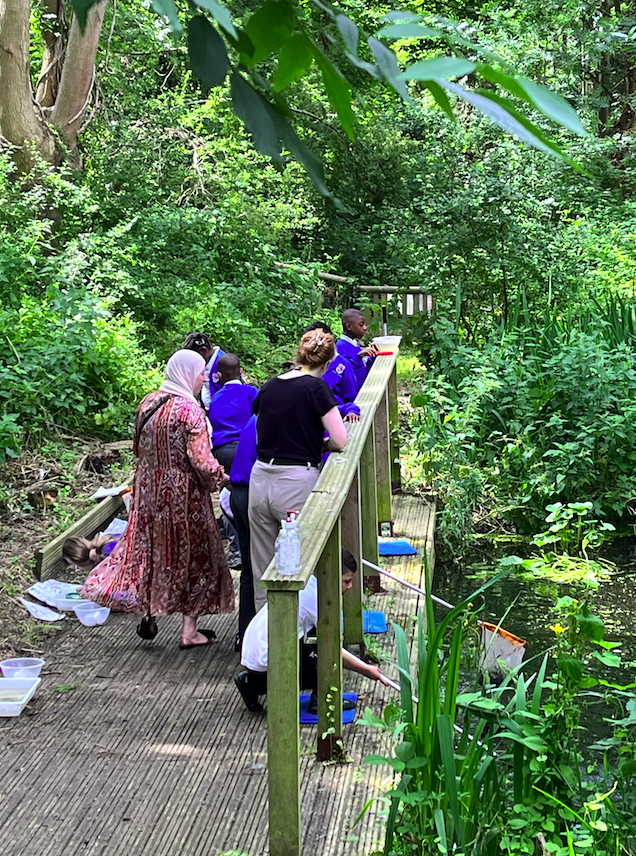
Pond Dipping
Children used the nets to find as many animals in the pond as they could and then compared them to the animal chart to identify which ones they found.
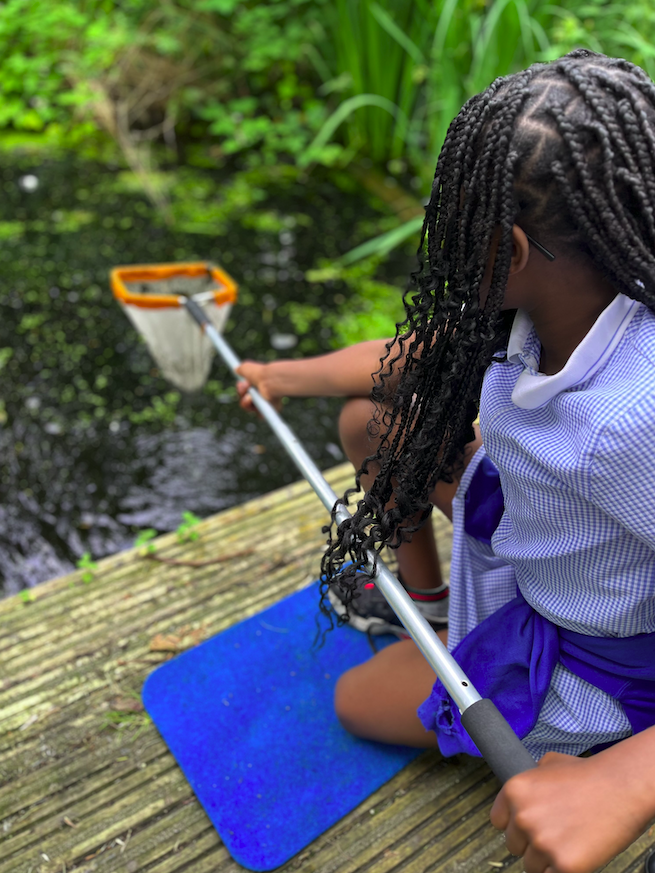
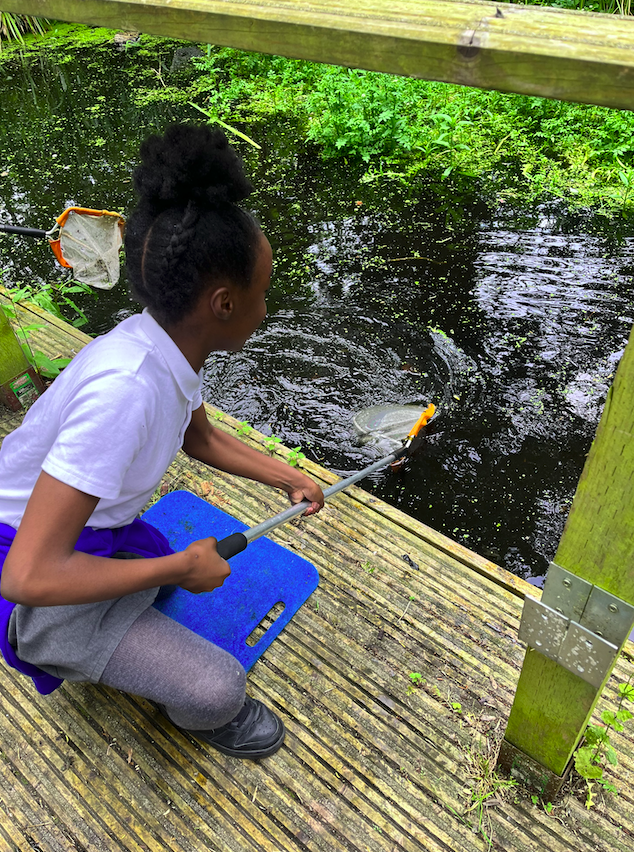
Which animals did we find?
Once a child had fished the pond with the net, they tipped it into the tray of pond water, where they used the magnified glasses to identify which minibeasts they found.
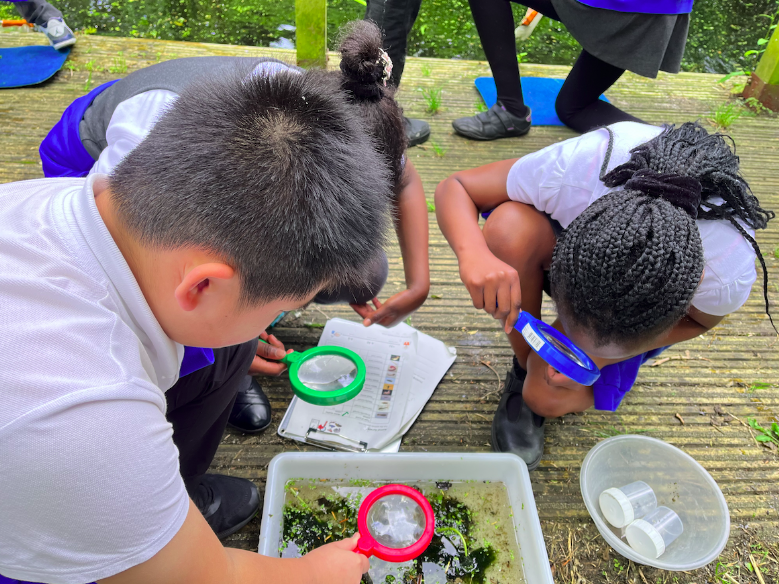
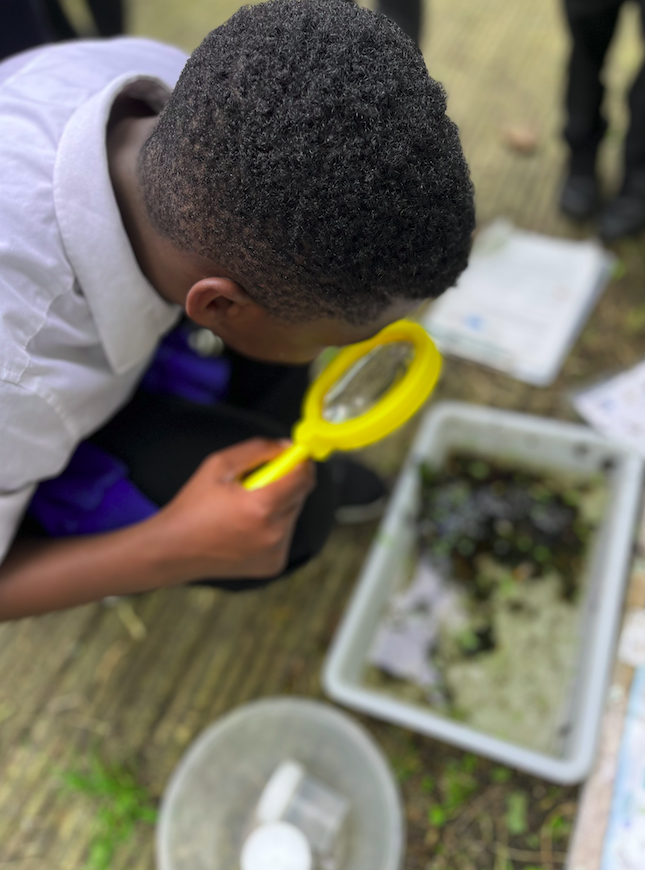
We even caught a newt!
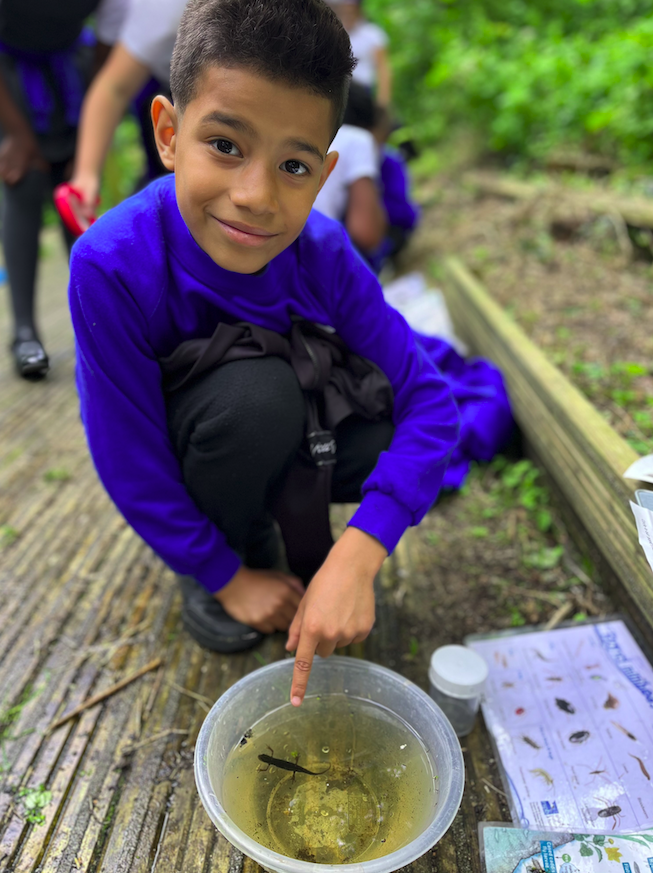
After all the children had a go at each part of the investigation, we then came back together to conclude our results. The leader collected all the results to get an average for each category. From this we concluded that the pond was 'quite healthy'.
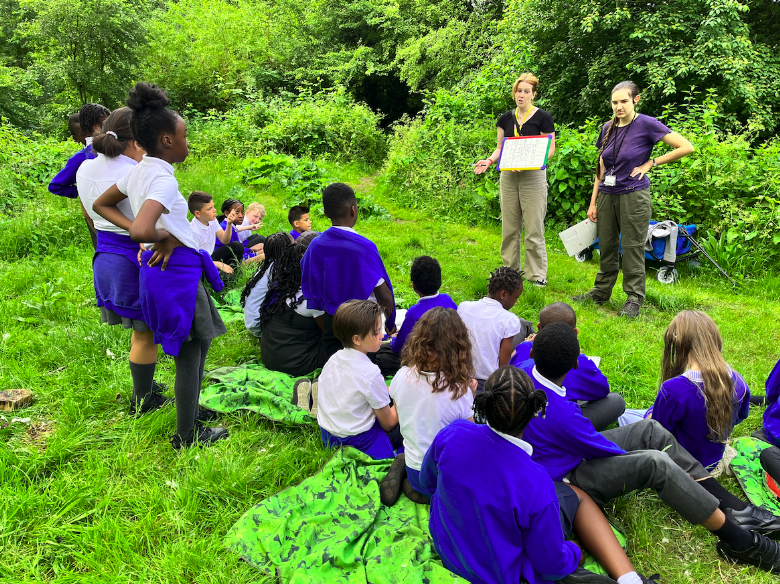
We would like to thank Horniman Museum for a fantastic workshop! We look forward to developing our scientific enquiry skills in our science lessons in class.
